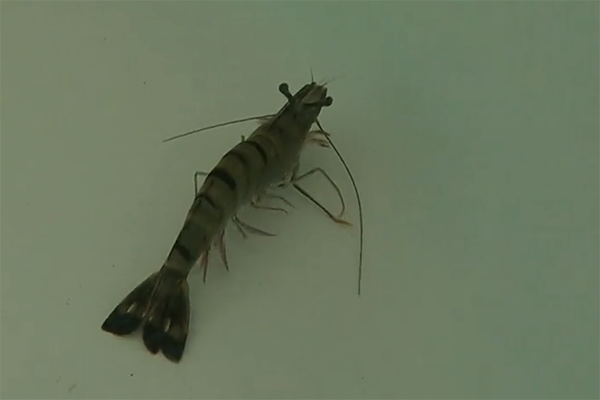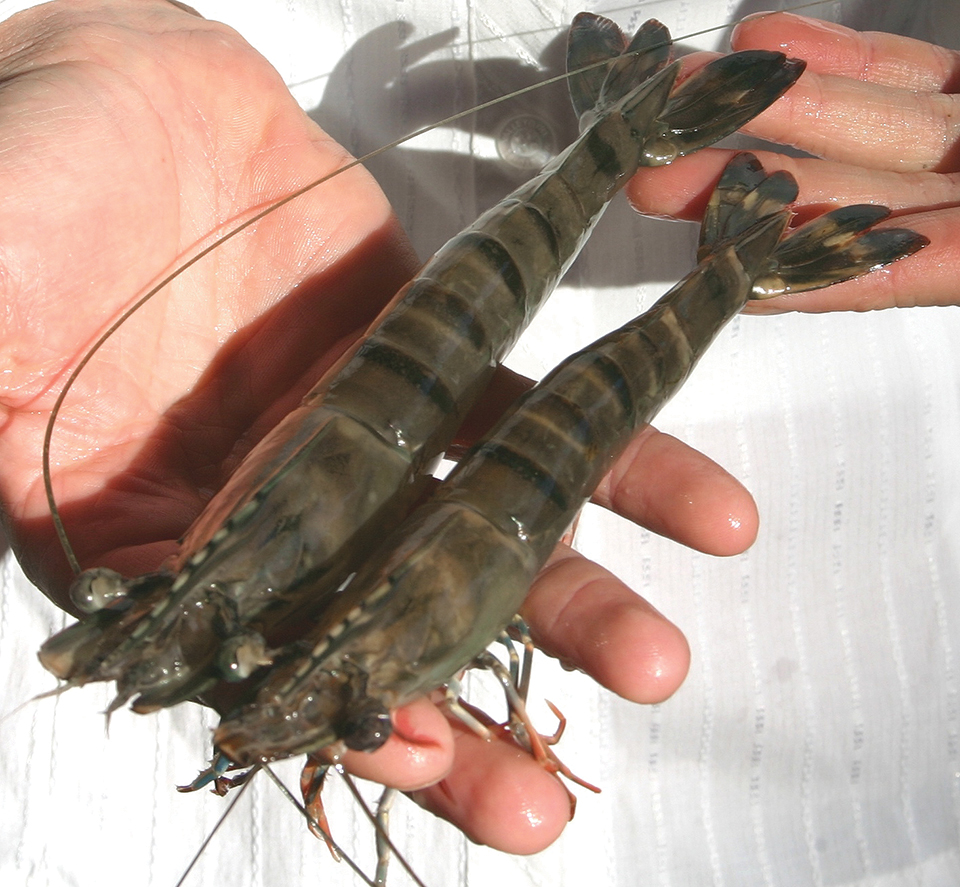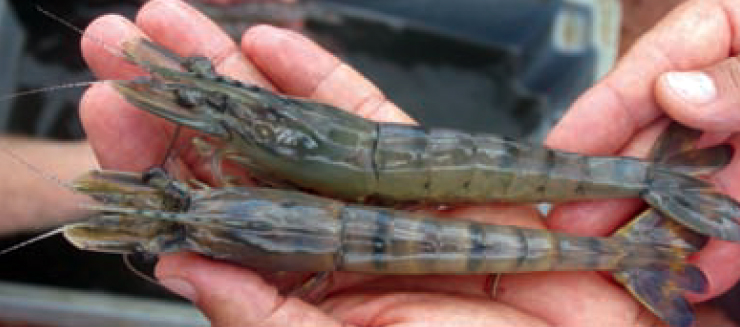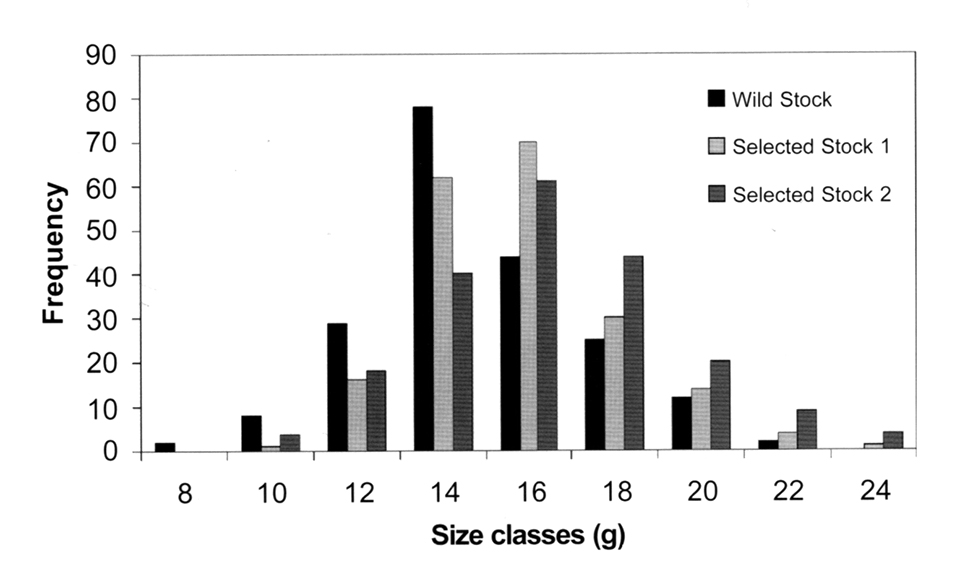James Cook University, CSIRO and others aim to improve Penaeus monodon productivity and efficiency

A collaboration of research institutes and industry has mapped the genome of an iconic Australian seafood species, the black tiger prawn (Penaeus monodon), to help the farming of the shrimp more productive and efficient.
“The idea was to improve the capability of Australian prawn farmers to apply selective breeding practices to produce larger and healthier farmed prawns. As part of this project, we set out to sequence the genome of the black tiger prawn. The information in the genome is important for us to know, as it essentially contains the blueprint that determines the makeup and behavior of the prawn,” said James Cook University Professor of Aquaculture Dean Jerry.
Jerry said the research came out of the ARC Industrial Transformation Research Hub for Advanced Breeding, a collaboration between JCU, the Australian Genome Research Facility (AGRF), the University of Sydney, CSIRO and Seafarms Group. Genetic selection can greatly enhance breeding efforts, he added.
“The prawn is a tiny animal, but its genome is almost as large as a [human’s] and is much more complicated in its structure,” said Jerry.
AGRF Bioinformatics Manager Dr. Kenneth Chan said the genetic mapping process to reconstruct the genome of the black tiger prawn was complicated.
“Imagine the task of putting together a 1.9-billion-piece double-sided puzzle with no borders, long repeated overlapping sections, millions of missing pieces, multiple pieces that can fit in the same place, no picture on the box to follow, and possibly lots of pieces from another unrelated puzzle,” said Dr Chan.
The scientists also found something very unusual in the way.
Dr. Nick Wade, senior research scientist with CSIRO, said the way that the tiger prawn fights viral infections – its Endogenous Viral Element, or EVE – is unique. ”No EVE found in any other animal looks like this,” said Wade. “Discovery of this EVE allows for further research into understanding how prawns deal with infections by viruses and perhaps into new therapies that can be applied to make prawns more resistant to viral diseases.”
Follow the Advocate on Twitter @GSA_Advocate
Now that you've reached the end of the article ...
… please consider supporting GSA’s mission to advance responsible seafood practices through education, advocacy and third-party assurances. The Advocate aims to document the evolution of responsible seafood practices and share the expansive knowledge of our vast network of contributors.
By becoming a Global Seafood Alliance member, you’re ensuring that all of the pre-competitive work we do through member benefits, resources and events can continue. Individual membership costs just $50 a year.
Not a GSA member? Join us.
Author
-
Responsible Seafood Advocate
[103,114,111,46,100,111,111,102,97,101,115,108,97,98,111,108,103,64,114,111,116,105,100,101]
Tagged With
Related Posts

Intelligence
Bangladesh seeks more buck for its ‘bagda’
As more than 80 percent of Bangladeshi shrimp exports already go to EU markets, a consultation meeting involving buyers from the bloc and Bangladesh industry stakeholders and authorities was held at the end of last month in Utrecht, the Netherlands.

Health & Welfare
CSIRO research evaluates technologies to produce genetically protected, all-female shrimp
In Australia, CSIRO is investigating techniques to produce reproductively sterile, all-female shrimp populations through polyploidy, irradiation, or genetic engineering.

Health & Welfare
DNA fingerprinting: System for black tiger shrimp
Molecular markers can allow on-farm selection of high-performance families without the need to use costly alternatives such as separate rearing of families/ groups of families or tagging animals.

Intelligence
Genetic improvement of farmed prawns in Australia
The domestication and genetic improvement of farmed prawns has been slow compared to that of some other aquatic species and most terrestrial livestock.



